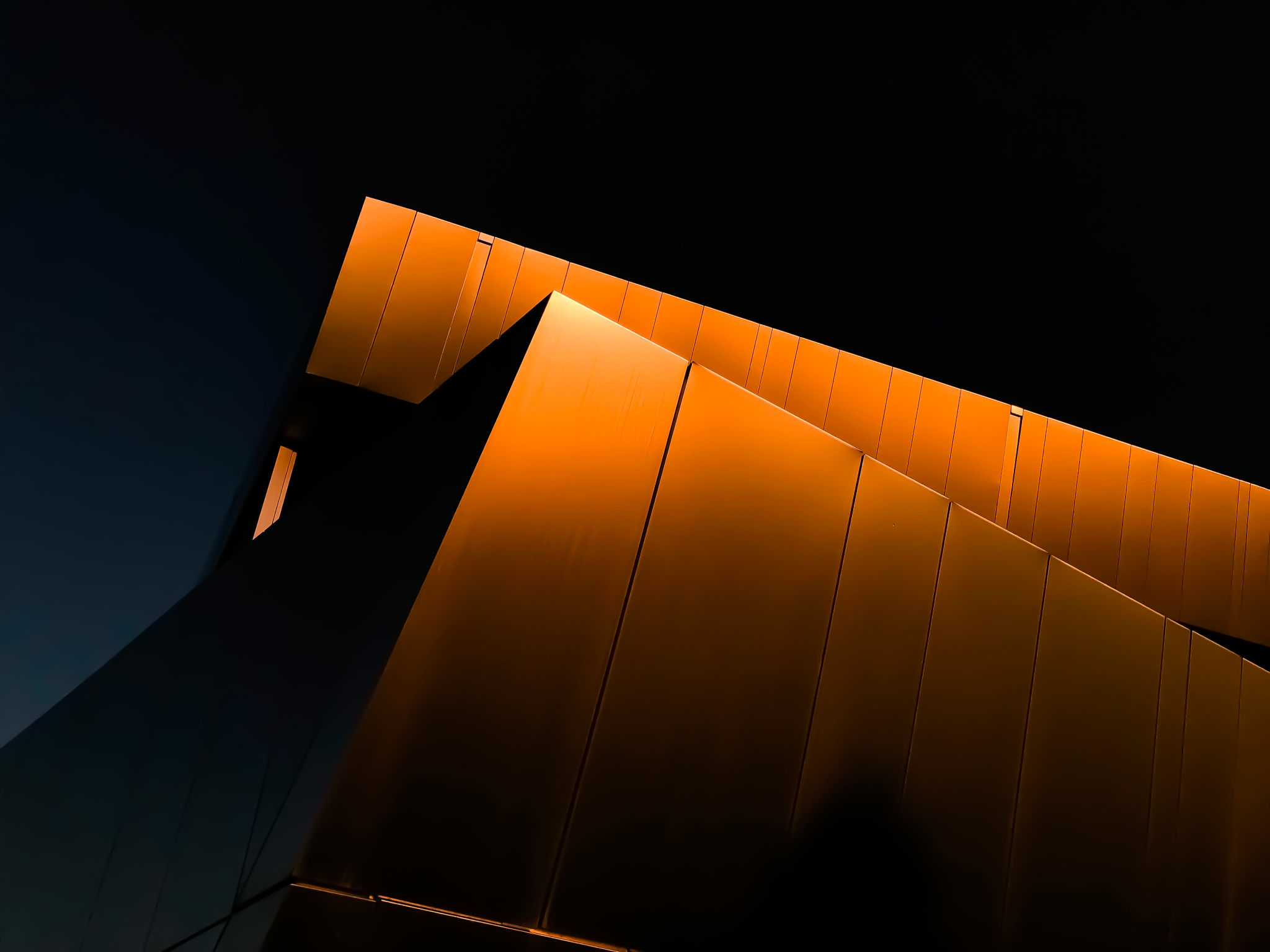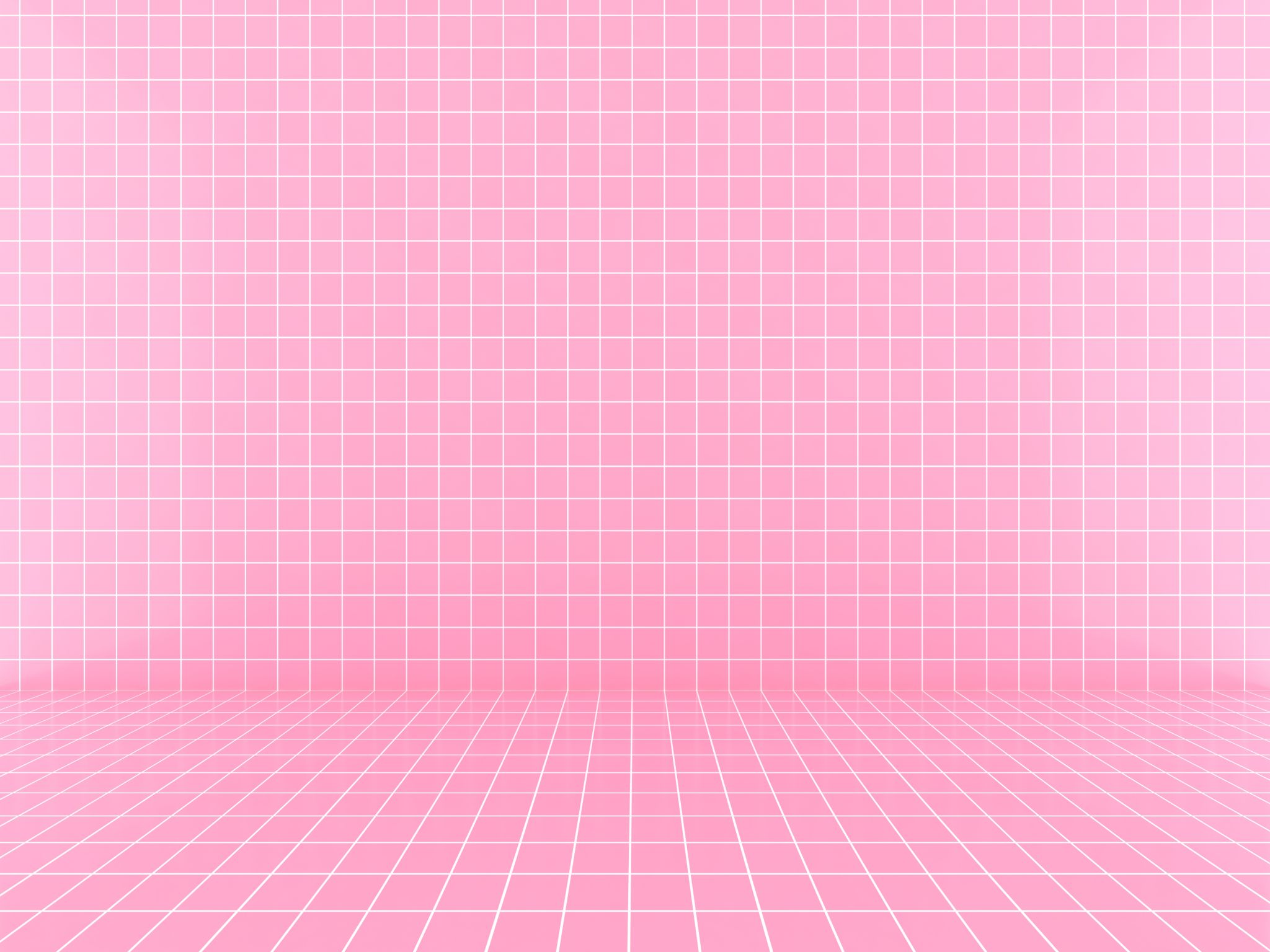Exploring Sacred Geometry: Symbolism and Meaning in Modern Design
Understanding Sacred Geometry
Sacred geometry refers to the universal patterns and shapes that are believed to hold spiritual significance. These geometric principles have been revered across various cultures and religions throughout history. In modern design, sacred geometry is often used to create visually appealing and meaningful art, architecture, and decor.
At its core, sacred geometry emphasizes the connection between the physical and spiritual realms. This concept is expressed through shapes like circles, triangles, and squares, which are considered to be the building blocks of the universe. Designers today are increasingly incorporating these elements into their work to imbue their creations with a deeper sense of purpose and harmony.

The Symbolism Behind Geometric Shapes
Each geometric shape in sacred geometry carries its own unique symbolism. For instance, the circle represents unity, wholeness, and infinity. It is often used to symbolize the cycle of life or the interconnectedness of all things. Triangles, on the other hand, are associated with balance and stability, as well as spiritual growth.
Squares symbolize structure and grounding, making them a popular choice in architectural designs that aim to convey strength and reliability. The pentagon, with its five sides, is often linked to human life and the elements of nature. Understanding these symbols helps designers create works that resonate on both aesthetic and spiritual levels.

Applications in Modern Design
Modern designers use sacred geometry to create visually striking compositions that captivate and inspire. In graphic design, geometric patterns are employed to craft logos and branding materials that convey a sense of depth and sophistication. The intricate interplay of shapes can create a sense of movement and energy in digital media.
In architecture, sacred geometry is used to design buildings that harmonize with their surroundings. By integrating natural shapes and patterns, architects can create spaces that promote tranquility and well-being. This approach is evident in the design of temples, gardens, and even urban landscapes.

Incorporating Sacred Geometry in Interior Design
Interior designers leverage sacred geometry to craft spaces that feel balanced and cohesive. From furniture arrangements to decorative elements like rugs and wall art, the use of geometric patterns can transform a room into a sanctuary. The choice of materials also plays a role, with natural elements like wood and stone enhancing the connection to nature.
To incorporate sacred geometry into your own space, consider starting with simple changes like adding geometric artwork or textiles. These small touches can have a profound impact on the atmosphere of a room, creating a sense of peace and unity.

The Spiritual Impact of Sacred Geometry
Sacred geometry is not only about aesthetics; it also has a spiritual dimension that can influence one's mindset and emotions. When used thoughtfully, it can foster mindfulness and meditation by encouraging a deeper connection to the universe. Many people find comfort in the symmetry and order that these shapes provide.
Whether you are a designer or simply someone looking to enhance your living space, exploring sacred geometry can offer valuable insights into the relationship between form and meaning. By embracing these timeless principles, you can create environments that are not only beautiful but also enrich your soul.
